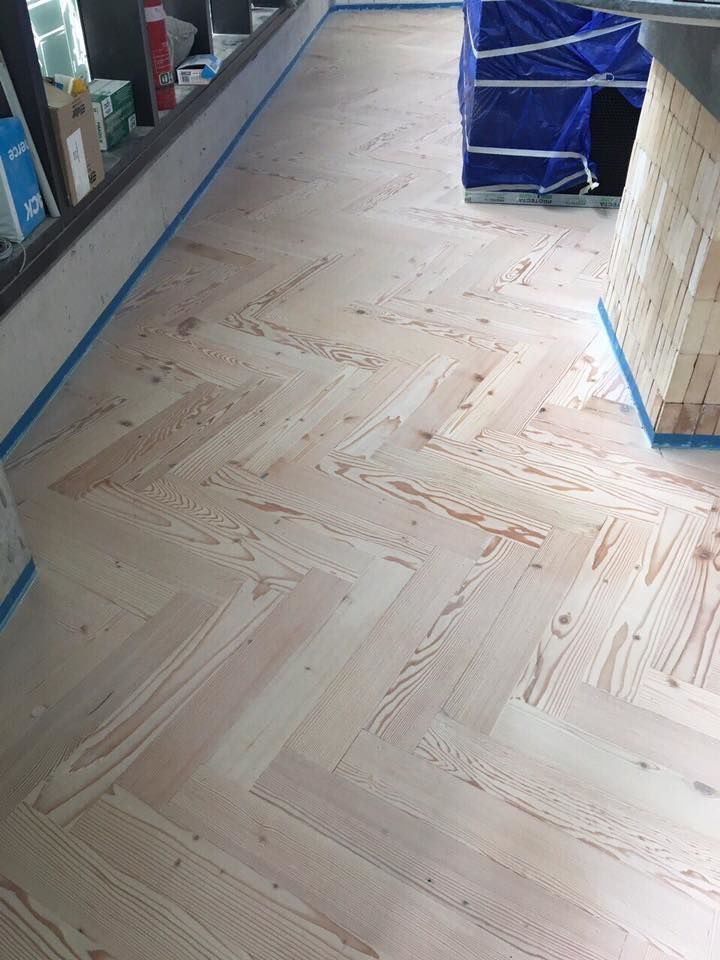No matter how clean and organised your home is, if the floors aren’t sparkling clean, your home wouldn’t look as appealing as you want it to. While cleaning tile and marble floors is fairly easier, homeowners who’ve got wooden floors find floor maintenance harder for one common reason – they feel reluctant to scrub their wooden floors. They fear that extensive scrubbing would form irreparable, unsightly scratches.
It may come as a surprise to you but did you know you can bleach your wooden floors? You read that right. Bleach is a strong cleaning agent that not many homeowners know can be used on wooden floors, just like it can be used to clean tough stains from tiles and marble.
Which Wood Floors are Suitable for Floor Bleaching
While you can get rid of tough stains from your wooden floors using bleach, not all wood floor types do well with bleach. Some of the wood types that take bleach quite well include ash, gum, and red oak. White oak floors aren’t the best suited for floor bleaching as bleach can lead to discoloration. Wood varieties like Brazilian cherry and mahogany are prized for their appealing natural colour and bleaching these wooden floors will have an adverse impact on their beautiful natural appearance.
However, if you don’t want any unpleasant surprises, be very careful with floor bleaching. Just because wood floors can be treated with bleach doesn’t mean they can’t get damaged with improper use of bleach.
When is Floor Bleaching Used
Flooring bleaching shouldn’t be done on a routine basis. You should bleach your wooden floors only when nothing else seems to work. Some stains aren’t too stubborn and can be cleaned with regular floor cleaners. However, some stains just won’t go away with regular cleaning. These are the stains that need to be treated with bleach.
Some of the cases where floor bleaching can be beneficial include:
- Tough water stains
- Stains from juices and red wine
- Stains from frequent pet and child peeing
- Stains of blood and ink
- Faded floors due to exposure to direct sunlight
Floor Bleaching Dos and Don’ts
Floor bleaching needs to be done with caution when you’re dealing with wooden floors. Let’s have a quick walkthrough of some important dos and don’ts of floor bleaching.
Do’s of Floor Bleaching
- Do know what type of wood floor you have and which bleach is safe to be used on it
- Do clean the wood floors prior to bleach application using water or mineral spirit and then clean it with a dry cloth
- Do neutralise the floors with water and vinegar solution, followed by final wiping with water
Don’ts of Floor Bleaching
- Don’t expect the same response to bleach from all wood types. Wood types like pine and poplar might become lifeless and bland when treated with bleach.
- Don’t apply too much bleach at a time. It might lead to the formation of uneven patches on the wood floor.
- Don’t make all of the bleach and water mixture at once. Bleach is activated as soon as it’s mixed with water and will lose its efficiency soon. Make small batches of bleaching solution.
Floor bleaching is an excellent way to get rid of tough and stubborn stains that aren’t cleaned with regular floor cleaning solutions. Just be cautious when applying bleach on premium wood surfaces like the ones from Euro Style Floors and enjoy clean floors at all times.

